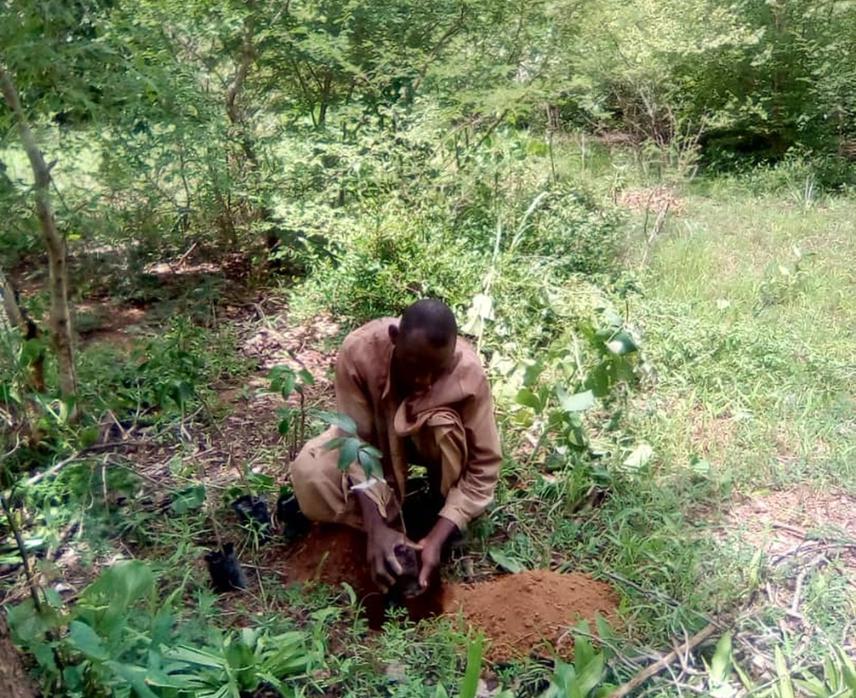Emma Baah Agyapong
Other projects
25 Jun 2019
Conservation of Community Forest Fragments and Riparian Ecosystems in the Transitional Zone of Ghana
Communities within the Black Volta River Basin (BVRB) have become conscious of the need to conserve CFRE with wild animals to promote tourism and establishment of Community Resource Management Area (CREMA) to generate income and to attract government support for sustainable management. This project will re-enforce conservation of Community Forest and Riparian Ecosystem (CFRE) and its biodiversity through setting up and operationalizing CREMA institutions, strengthening effectiveness of community management, demarcate, mark and restore CREMA core areas, promoting agroforestry, bee-keeping and woodlot establishment as a support for livelihood improvement for CREMA establishment.

The project communities include Kulmasa, Kuuri, Siiru and Puni and falls within the savannah forest zone and considered as one of the important reservoirs for trees, wild animals, historical sites and sacred grooves. The communities have embraced the concept of conservation and seeking for the development of the area into a tourist and CREMA site as a result of consistent sensitization and education. The communities will be supported to establish formal local institutions that will be mandated to officially manage Community Forest and Riparian Ecosystem and support them with livelihood enterprises as incentive for conservation.
The project will organize eight (8) community meetings, two in each community to involve key stakeholders (including opinion leaders, herbalist, hunters, farmers among others for decision making) and the general populace to communicate the project goals and to prepare communities for future elections to select CREMA executives. Mode of consultation and sensitization will be through smaller group gatherings.
Community members will be subsequently guided to select their own representatives in each community by voting where a maximum of Forty-eight (48) people will be elected. During this period a maximum of twenty (20) Forest Monitoring and Patrol Team FMPT members will be selected.
Four-days capacity building workshop will be organized to CREMA executives and other stakeholders to update them on community riparian forest and wild animals’ conservation and CREMA management. FMPT will be trained on field monitoring and patrol methods, wild animals management, record keeping, wild animals census, designing of management plans etc.
CREMA areas will be demarcated and marked with waterproof paint to provide basis for further planning and management in two months’ period. This will be proceeded with the design of filed monitoring and patrol schedules, terms of agreement for CRMCs and patrol teams and support them with resources to initiate monitoring activities.
Sixty (60) locals (15 from each community) which will include CREMA executives, FMPT and other stakeholders will be strategically selected and trained on bee keeping best practices, AF practices and woodlot establishment and management. Beneficiaries will be guided to design simplified management plans for each enterprise. Beneficiaries will be provided with start-up resources such as bee keeping kits, and seedlings to support livelihood enterprises.
Communities will be assisted to establish a model nursery of about 29,000 seedlings (which will include indigenous tree species and cashew, moringa, mango, cassia etc, for the planting in degraded areas, farmlands and Woodlot areas.